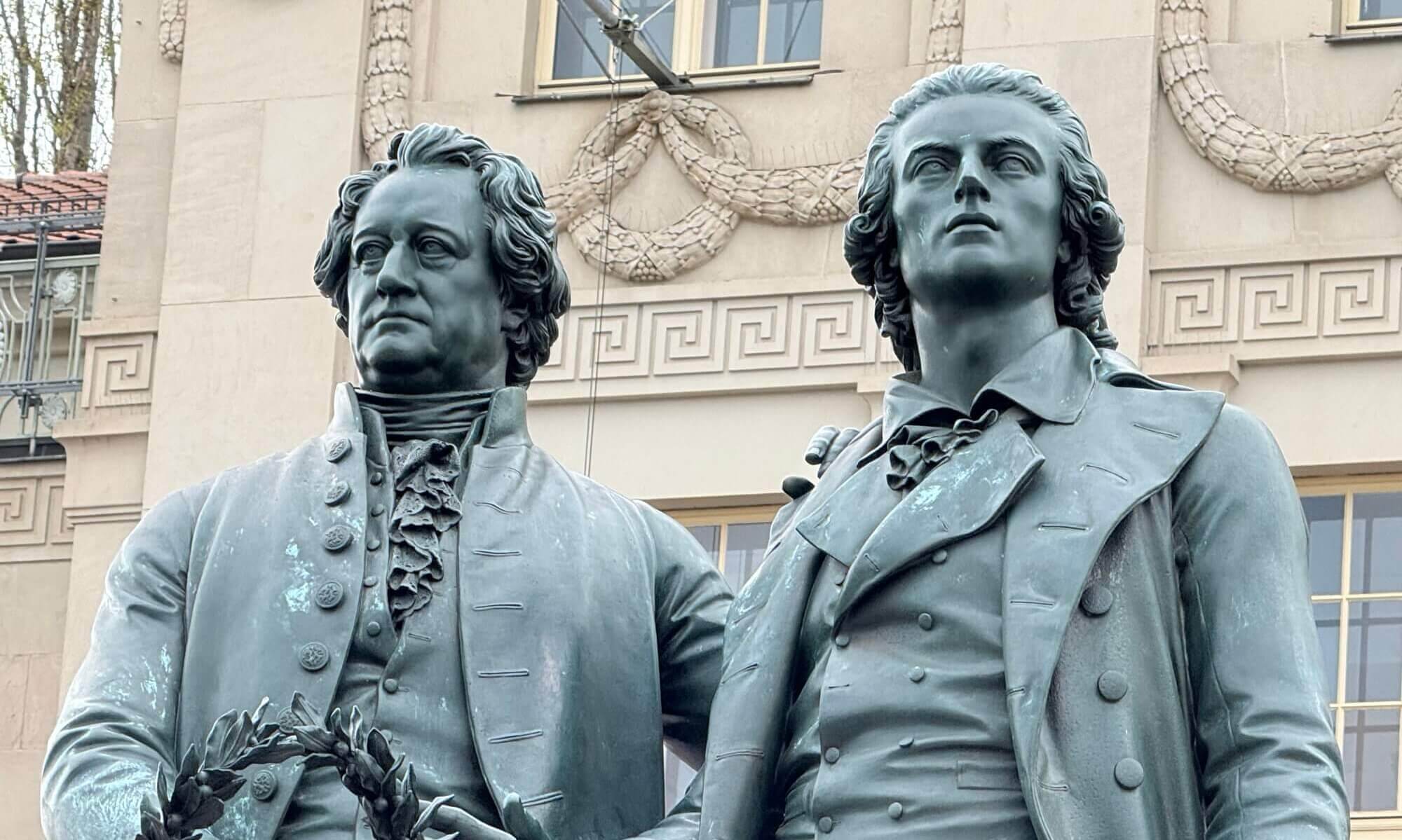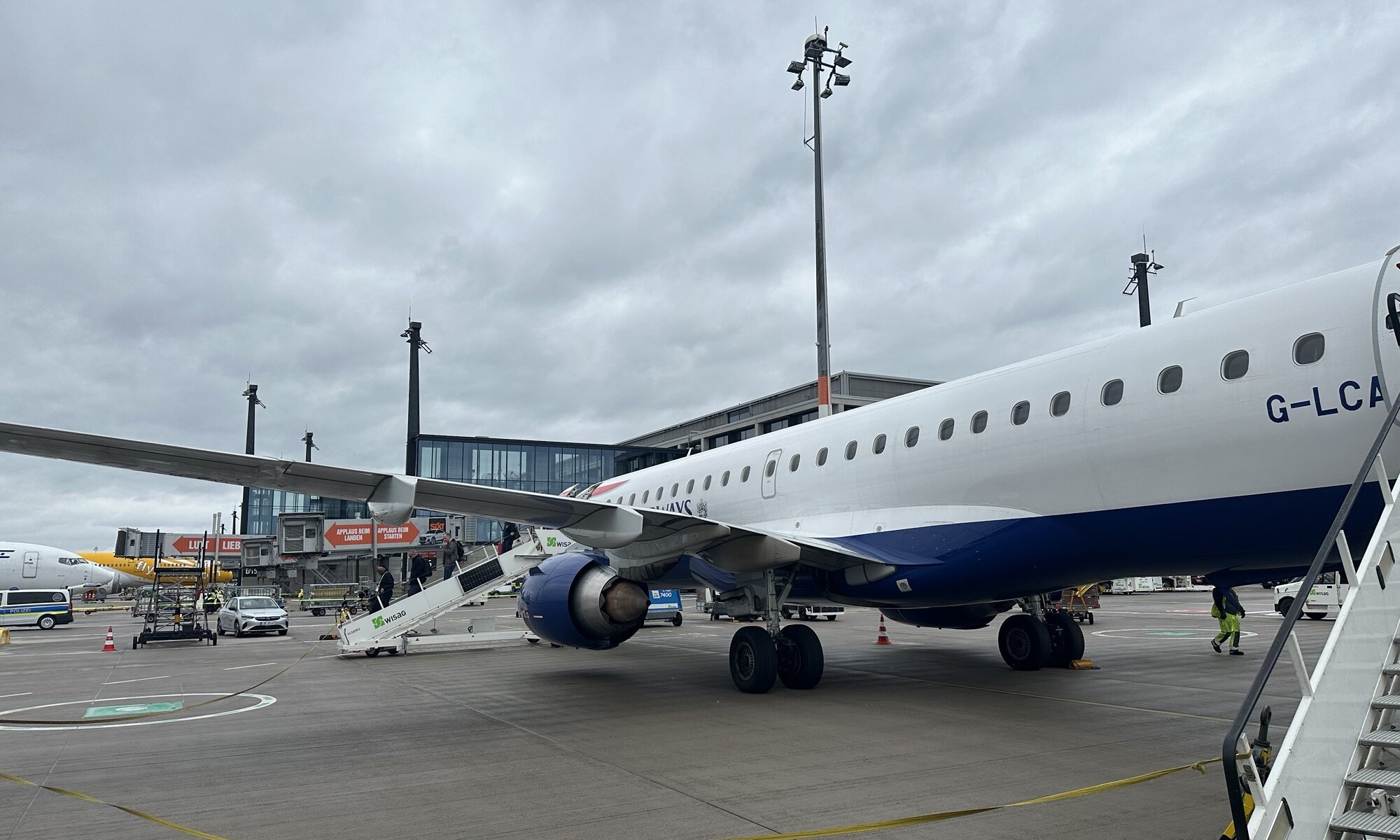After World War II and during the occupation of Germany the four allies had ‘their’ airports at Berlin: Schönefeld (SXF) was used by the Russians, Tegel (TXL) by the French, Gatow (GWW) by the British and Tempelhof (THF) was the US airbase. The German reunification then created the need to change airport infrastructure at the German capital city. A decision was made to extend the Schönefeld airport to become the new Flughafen Berlin Brandenburg (BER) and to name it after former German chancellor Willy Brandt.
The BER was one of the biggest German construction projects of its time and it didn’t run smoothly: the project was delayed by nine years and costs exploded (from 2 billion to 7,3 billion Euros). BER became a synonym for bad management. Today it is a modern, efficient airport with two terminals and two runways. 23 million passengers pass by BER every year and is really easy and fast to use.
One of the best features is the connection to public transport – reaching Berlin and Potsdam is absolutely hassle-free by a diverse set of transportation means. Regional trains, urban trains, the underground and different bus lines connect the airport. Reaching places in central Berlin take you approximately 45 minutes.
Berlin-Brandenburg Airport (BER)
Flughafen Berlin Brandenburg “Willy Brandt”
Schönefeld
Brandenburg
Germany
Loading map...


